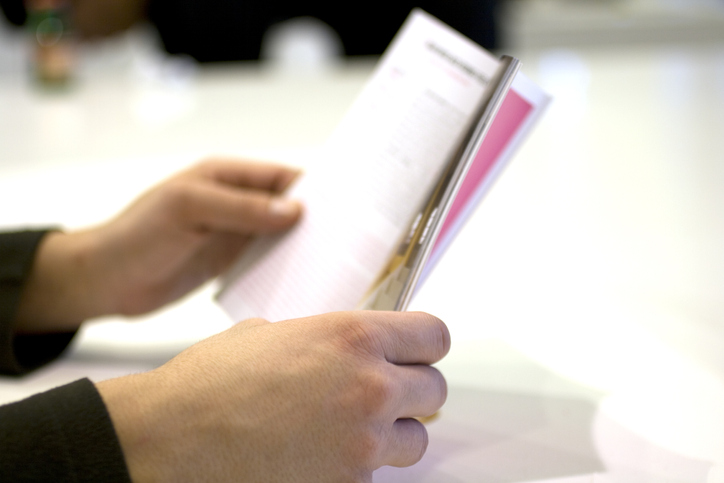When marketing your business via print, it's easy to get overwhelmed with the different options for crafting memorable and attractive pieces.
But when you look closer, what is the most important element of your print marketing materials?
Simply put, content is king.
Sure, your visuals are eye-catching, but those initial glances won't do you much good if there's no substance to back them up.
Words ultimately provide the foundation for customers to connect with your brand and make purchasing decisions. Carefully chosen words make something tangible from an intangible concept and shape even the strongest visuals into iconic imagery.
When drafting print marketing materials, it's vital to remember - it's your content that wows customers and culminates in conversions!
How Does Content Impact My Print Marketing Materials?
Here are a few ways good content can have a positive impact on your print marketing materials:
1. Good Content Keeps Print Products Memorable
Good content helps capture and hold readers' attention, giving the printed material staying power.
2. Good Content Gets Your Message Across
Content that is well-crafted and written engagingly can help to convey a message or idea firmly.
3. Good Content Sheds Favorable Light on Products and Services
High-quality content fosters a positive impression of the product or service being promoted.
4. Good Content Encourages Action
A print marketing piece containing good content will prompt readers to take action related to the advertised product or service.
5. Good Content Builds Brand Trustworthiness
Good content can help establish credibility and trust with customers, increasing their likelihood of engaging with the advertised material.
What Does Good Content Help Accomplish?
Good content is an effective tool to help you accomplish many goals.
Among the benefits your business can reap from high-quality content in your print materials are:
- It informs, educates, and entertains readers.
- It increases brand recognition.
- It generates leads and customers.
- It establishes credibility in your field.
- It fosters trust between you and your audience.
- It increases website traffic.
- It strengthens relationships with current customers or clients.
What Does Good Content Look Like?
A 2019 survey conducted by Lyfe Marketing yielded a fascinating statistic: 92% of individuals between the ages of 18 and 23 prefer reading the content found in a print ad to that found on a website.
What does this mean for today's modern business?
People actually take the time to read the content found in print advertisements!
Good content is easy to identify. It should be clear, concise, engaging, and written in a tone that speaks directly to the target audience's needs.
How Can I Improve the Content in My Print Marketing Materials?
Here are a few key points to ensure your print marketing content hits its mark:
- Good content starts with a well-written headline or title.
- Include only relevant information that serves a purpose.
- Make use of visuals to enhance your message.
- Keep the tone appropriate for your target customer.
- Have someone else review your content for clarity and accuracy before it goes to print.
Good content is the key to your print marketing materials that make an impression and inspire action from potential customers.
We can help your content stand out on the printed page. Contact us today to get started!

Comments
Post a Comment